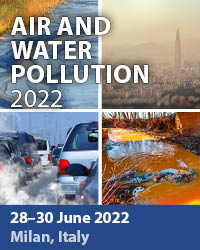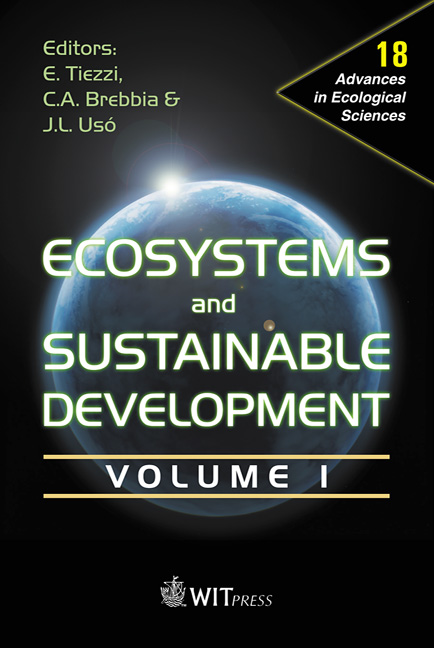The Wetlands Of Lake Victoria, New Approaches For Understanding Their Regional And Global Importance
Price
Free (open access)
Transaction
Volume
63
Pages
10
Published
2003
Size
625 kb
Paper DOI
10.2495/ECO030451
Copyright
WIT Press
Author(s)
S. Loiselle, L. Bracchini, F. Kansiime, M. Ikiara, C. Perrings & C. Rossi
Abstract
The wetlands of Lake Victoria, new approaches for understanding their regional and global importance S. ~oiselle', L. ~racchini', F. ~ansiirne~, M. 1kiara3, C. perrings4 & C. ~ossi' '~niversity of Siena, Department of Chemical and Biosystem Sciences, Siena, Italy 2 Makerere University, Institute of Environment & Natural Resources, Kampala, Uganda 3 Kenya Institute For Public Policy Research And Analysis, Nairobi, Kenya 4 Environmental Department, York University, Great Britain Abstract Lake Victoria is the world's largest tropical lake and the second largest lake on the planet. It has a surface area of 68,800 krn2 and a catch of 284,000 km2. The Lake Victoria shoreline of 3500 km is managed by three nations (Tanzania 49%, Uganda 45% and Kenya 6%). Wetlands border much of the Lake, in particular in the semiclosed bays that characterise much of the shoreline. These wetlands provide fundamental services for the Lake ecosystem as well as the regional population. The East African countries have
Keywords





